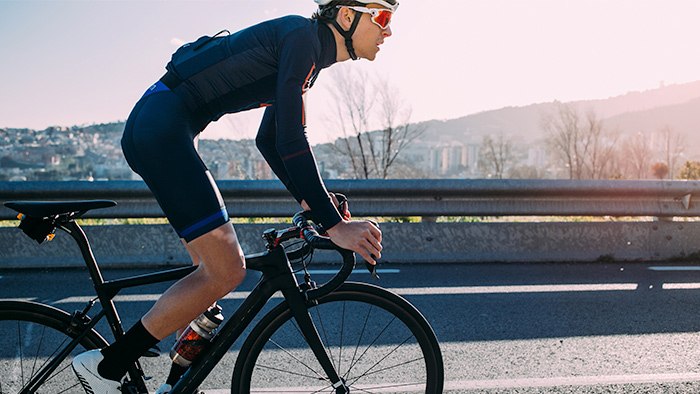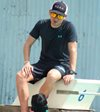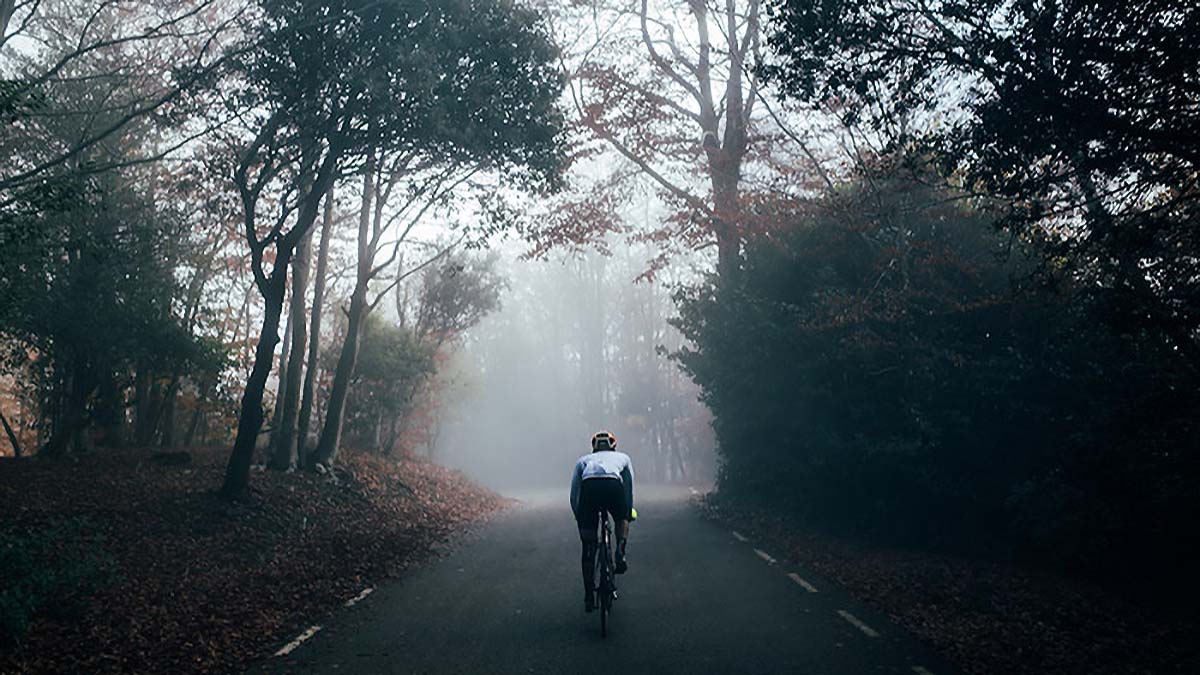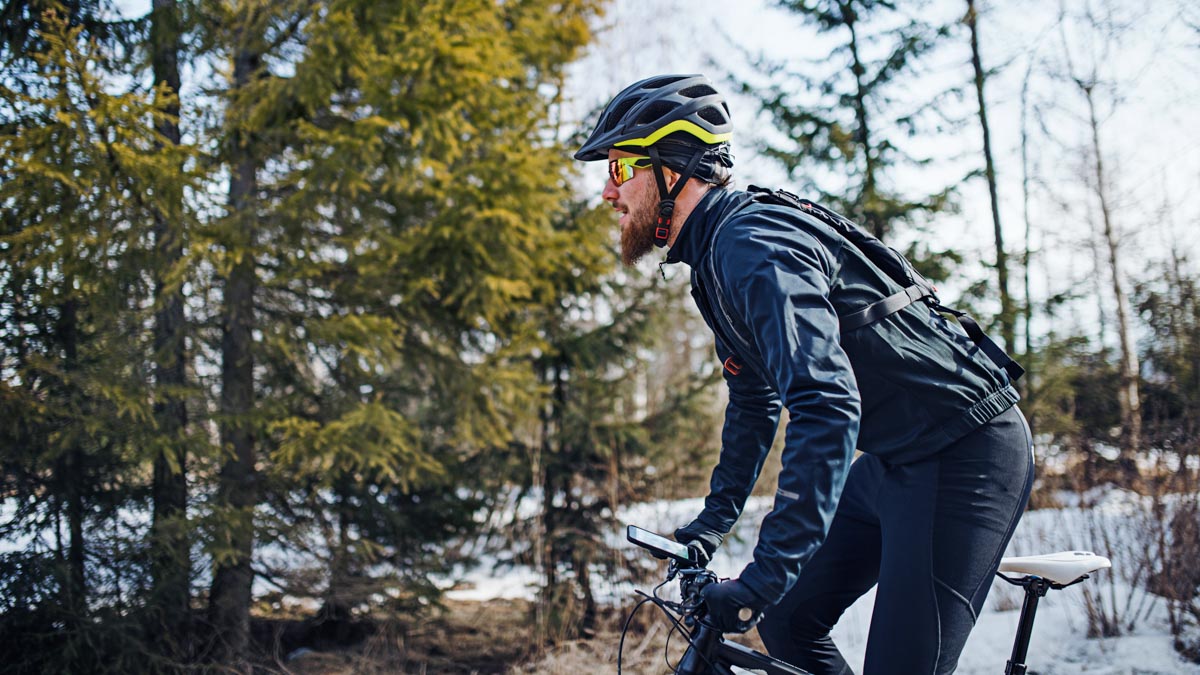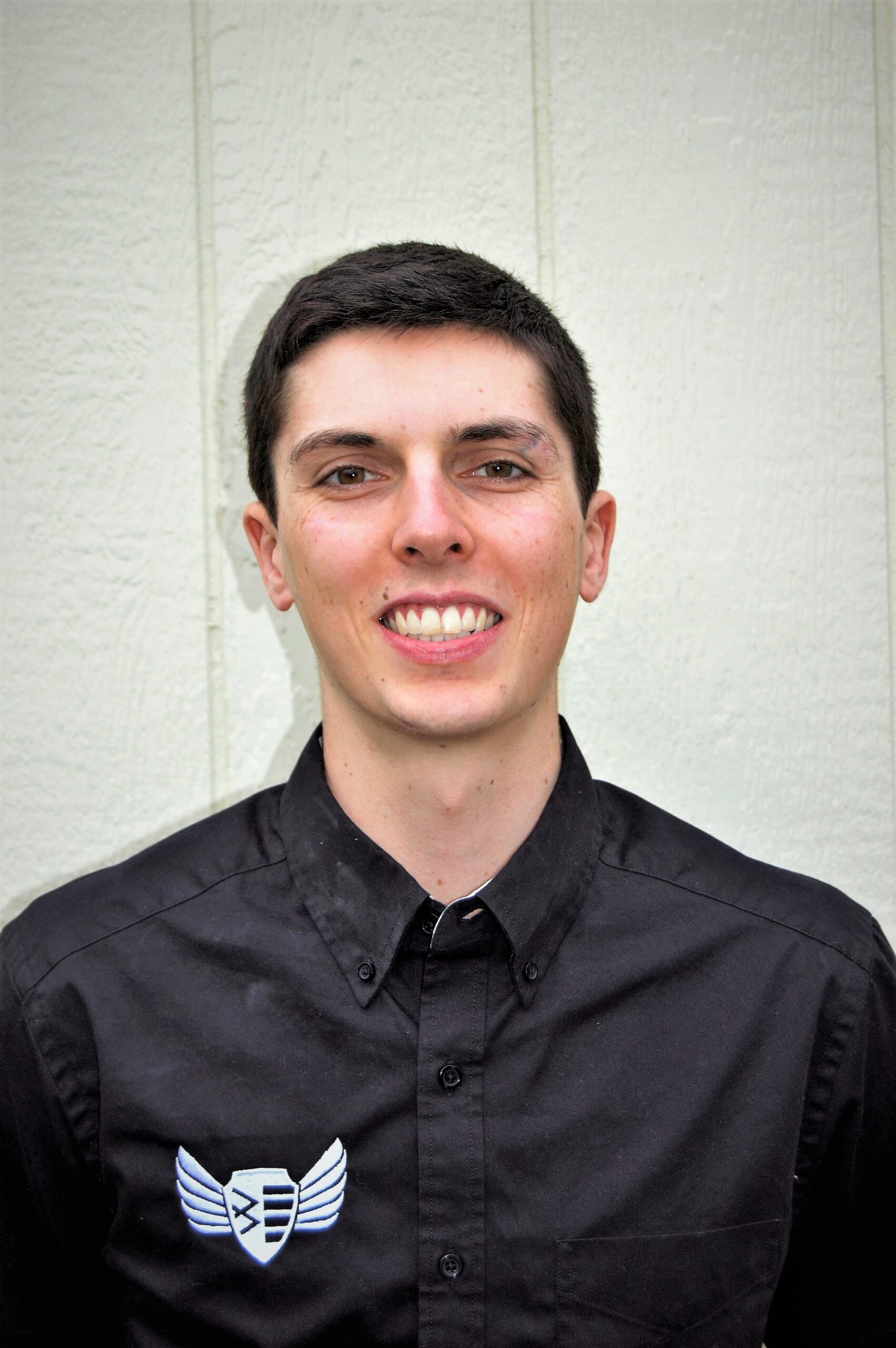Are you an athlete who isn’t running to their potential off the bike? Are you someone who constantly feels weak when riding hilly courses? Are you new to triathlon and don’t know where to start? If you answered YES to any of these questions, then this is the article for you.
For the majority of athletes, your muscles will break down at some point in a race. But the stronger you are, the longer it takes you to fatigue.
If you put in the weekly hours of training, your cardiovascular system probably isn’t the problem. So adding more volume isn’t an immediate fix. Instead, try mixing in some workouts geared toward improving your overall musculature.
Triathlon training is broken into two categories: specific training and general training. You should be training both sides of the spectrum at all times. When you shift too far into one category, the ladder falls and you lose certain qualities they’ve worked hard to develop.
A good example would be if you are gearing for a hilly race that features short climbs and you spend the final eight weeks only working on your top-end threshold and speed. The good news is that you will develop a great top end, but the bad news is that you’ll lose the general endurance that holds you together to the finish line.
If you want to be a successful athlete, you should train more frequently in the general phase, where you’re focusing on developing your durability as well as your speed. As the race season approaches you should include race-specific workouts only once a week. Most of your workouts should be done in a bigger or easier gear.
Spending most of your time developing better endurance, muscle durability, and overall speed will delay the inevitable race fatigue and get you to the finish line faster than others. Focus on these three cycling workouts this winter to ensure you’ve built up a great endurance base and the muscles needed to race at your full potential.
3 Winter Cycling Workouts for Building Muscular Strength
1. Biggest Gear Flat Sprints
These sprints are done in the biggest gear you have starting from a complete stop. These sprints only last 10 seconds and you are going at 100-percent maximal effort.
I encourage you to be out of the saddle for the first five seconds and then sit down once you are up to full speed. Because these are done at a maximal effort, they require full recovery between each.
Start with six repetitions and three minutes of rest between each repetition. The goal of this session is maximal power! If done correctly, you will fatigue quicker when trying to reach your peak wattage as the session progresses.
These sessions are what I call “raising your ceiling” workouts. The end goal is to improve your threshold. If your maximal power is relatively low to where your threshold is, your threshold potential will always remain low.
2. Seated Hill Repeats
These are the bread and butter of a triathlete’s training routine and they should be repeated weekly or biweekly, depending on the phase of training.
The intensity of these efforts should be between 105 and 120 percent of your threshold, and your cadence should be between 60 and 70 rpms. You should start with 10, one-minute repetitions with only one minute of rest between each.
As your training progresses, you should add two additional interval repeats every two weeks while trying to maintain the same power output. Your heart rate will not elevate to where you’re out of breath, but your muscles will experience heavy levels of fatigue.
This session also teaches you how to “feel the pedal stroke” and the correct places to apply pressure. If you are not pushing above your threshold, you aren’t going to get the benefit of this workout.
3. Low Cadence Extended Intervals
As your fitness grows, so does the length of your intervals. These intervals are what we consider “supporting sessions” early on in your training as they support the high-intensity sessions. As the racing season nears, they become the focus of your training plan.
Start these efforts at threshold power, progress to “sweet spot” power, and finish them at a tempo power. Triathlon is an endurance sport, so when you get to your competition phase, longer low-cadence sessions will be key for building the durability needed to minimize fatigue in the later stages of the race.
How To Balance Your General and Specific Training
As unfair as it is, some athletes are born stronger than others. If you were constantly picked last for dodgeball, there is a good chance you should be focusing more of your time on maximal sprints and seated hill repeats in the early part of your season.
If you score well on the one-minute Power Profile Chart, you should spend more time doing the seated hill repeats and low cadence extended efforts in the off-season.
The best part of adding these sessions to your training routine is that they will help you run faster off the bike. Simply riding your bike in an aerobic zone does little to condition your body for the demands of your race.
The stronger your legs are, the less they will fatigue. While all of the new indoor riding programs make riding the trainer more enjoyable, they also encourage poor training habits. These programs have a place in an athlete’s weekly plan, but they shouldn’t replace the structure needed to take you to the next level.
In closing, if you have not had a professional bike fit or if you experience knee pain while doing any of these three workouts, then I wouldn’t recommend you do them without consulting a coach or modifying them accordingly.
